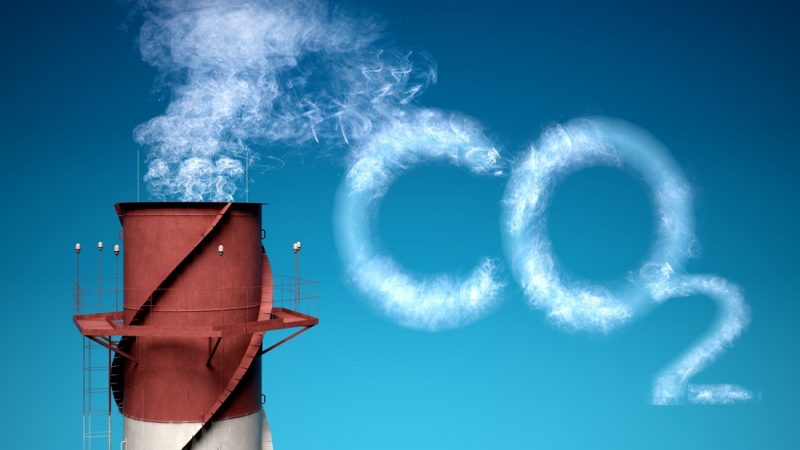Energy-related carbon dioxide emissions drop in 2017

Energy-related carbon dioxide (CO2) emissions in the United States fell to 5.14 billion metric tons, or 0.9 percent, in 2017 compared to 2016, according to the U.S. Energy Information Administration.
Carbon dioxide emissions in the United States are now 14 percent lower than they were in 2005. CO2 emissions have declined in seven of the past 10 years.
In 2017, the decline in the use of coal and natural gas were the primary drivers of lower CO2 emissions. CO2 from coal dropped 2.6 percent last year, while emissions from natural gas decreased 1.5 percent.
U.S. petroleum contributed a 0.5 percent increase in energy-related CO2 emissions, which was offset by the decrease in coal and natural gas emissions.
CO2 emissions were also lower last year due to lower electricity sales. In 2017, electricity sales saw the largest drop since the economic recession in 2009. It shows how CO2 emissions trends are often related to trends in energy consumption and economic growth. Since 2005, the U.S. economy grew by 20 percent, while U.S. energy consumption fell by 2 percent. In that period, CO2 emissions have decreased by 14 percent. U.S. economic growth was 29 percent less carbon-intensive in 2017 than it was in 2005, while overall U.S. energy consumption was 12 percent less carbon-intensive.
